New Breakthroughs in the Treatment of Neurological Disorders
Alzheimer's disease, Parkinson's disease, multiple sclerosis, ischemic and hemorrhagic stroke – these are just some of the neurological disorders affecting hundreds of millions of people every year. Despite the challenges related to their treatment, scientists are working hard to bring forth impressive methods for their treatment. Here are some of the most promising breakthroughs in the treatment of these disorders.
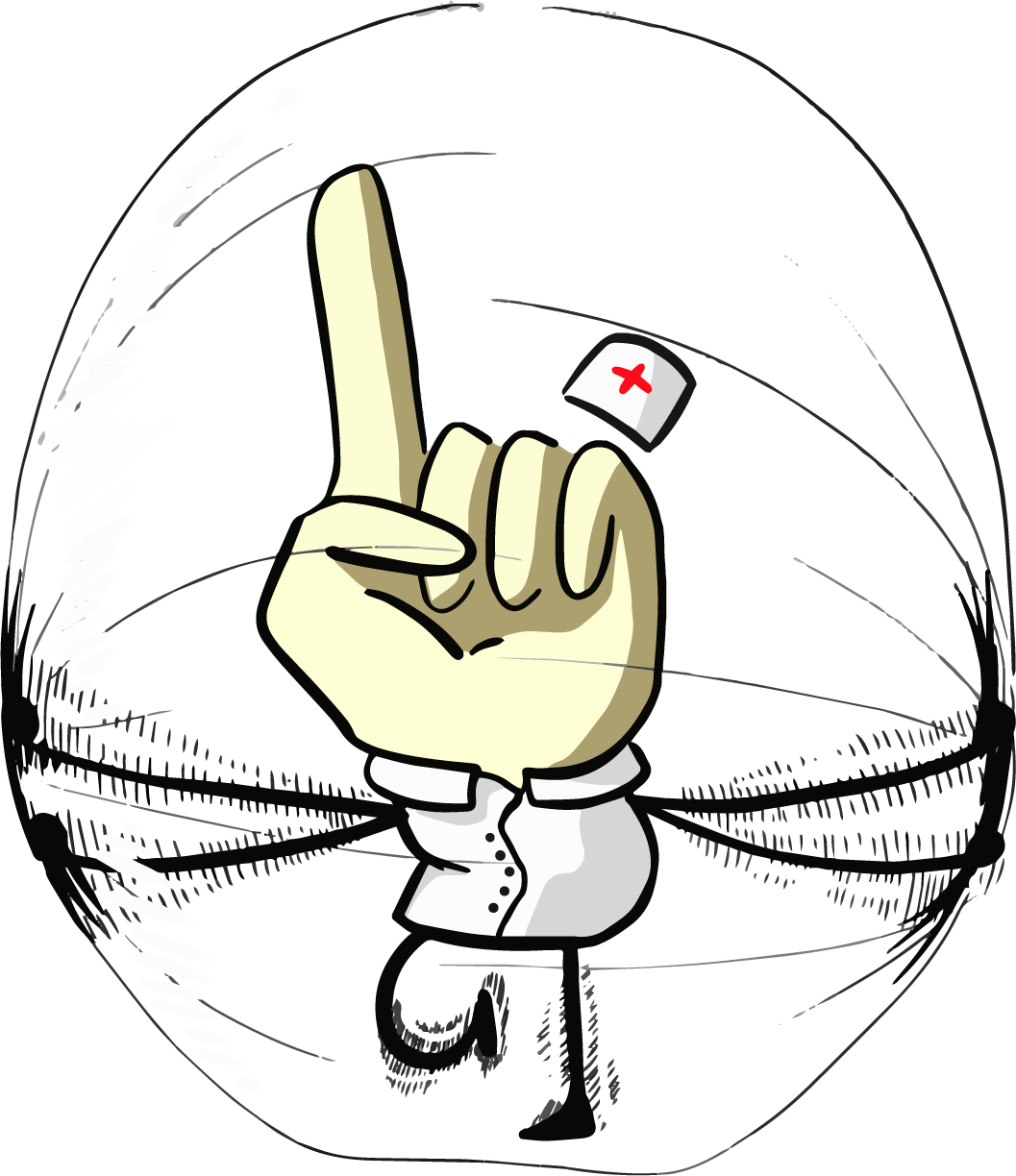
1. Gene Therapy: A Revolution in the Treatment of Neurological Conditions
Gene therapy is one of the most promising long-term treatments for these and many other disorders, as it aims to “eradicate” the problem at its origin by “repairing” damaged or missing genes that cause or predispose to the development of certain diseases. One of the greatest successes in this field is the treatment of spinal muscular atrophy (SMA) with a drug such as Zolgensma.
How it works:
Gene therapy involves delivering a functional copy of the defective gene into the cells so that they can function properly.
Impact:
For conditions like SMA, which until recently had limited treatment options, gene therapy can significantly improve muscle function and slow the progression of the disease.
Future applications:
Scientists are researching the use of gene therapy for Huntington's disease and amyotrophic lateral sclerosis (ALS) – the disease from which Stephen Hawking, one of the greatest minds to walk this earth, was diagnosed and from which he suffered until his death in 2018.
Current research:
However, work is still underway on the application methods of such therapy to reduce its side effects.
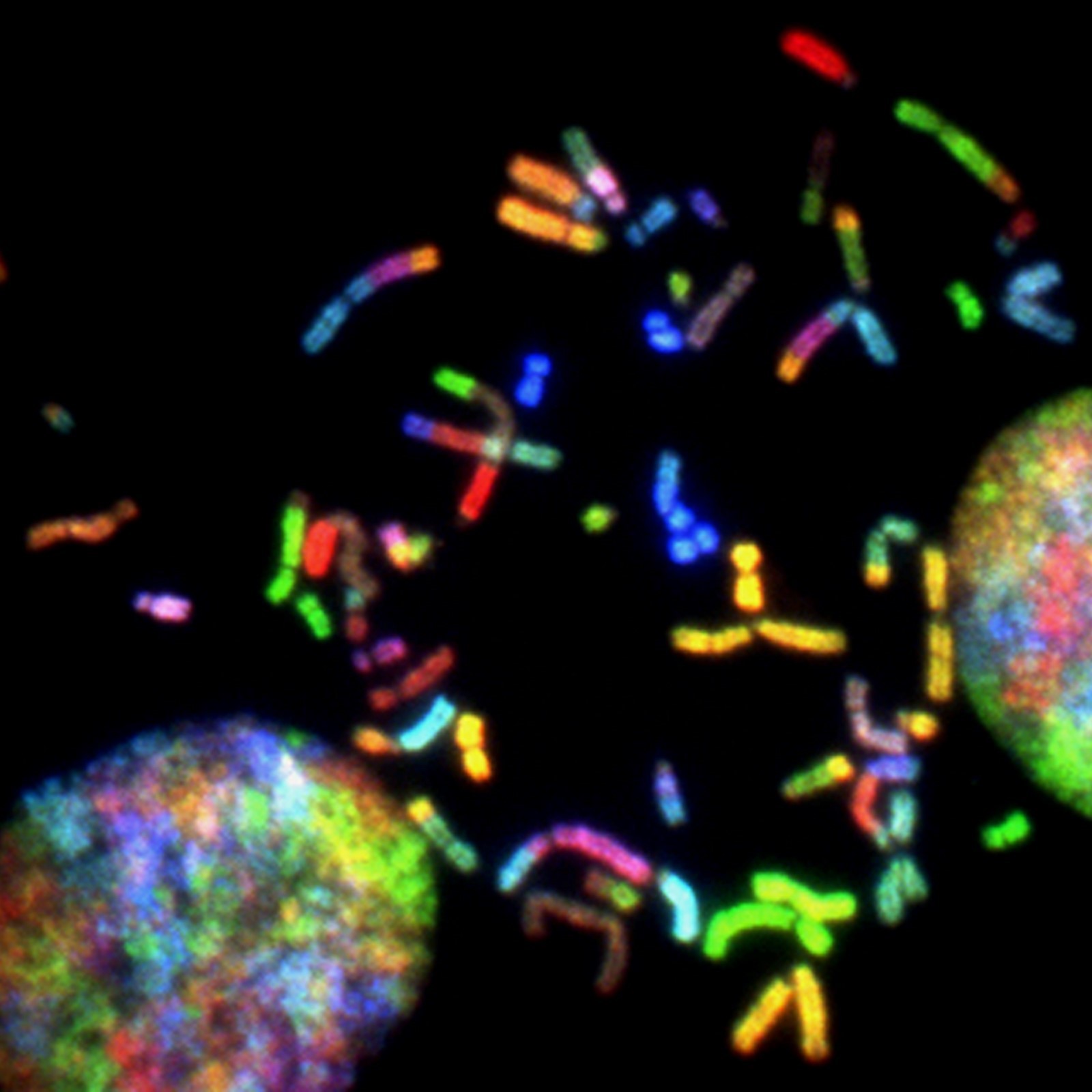
2. Advances in Stem Cells
The treatment of conditions such as ischemic stroke, Parkinson's disease, and multiple sclerosis are among the “candidates” for treatment with stem cells.
How it works:
Stem cells are introduced into the affected areas of the brain or spinal cord, where they assist in tissue regeneration and healing.
Breakthrough:
A clinical study published in The Lancet Neurology showed that patients who received stem cell transplantation after a stroke improved their motor functions, which reduced their disability.
Challenges:
Work is still underway on the proper application of these cells to avoid effects such as the “rejection” of the transplanted cells.
Promising prospects:
In Parkinson's disease, stem cells producing dopamine are being tested to replace the damaged cells.
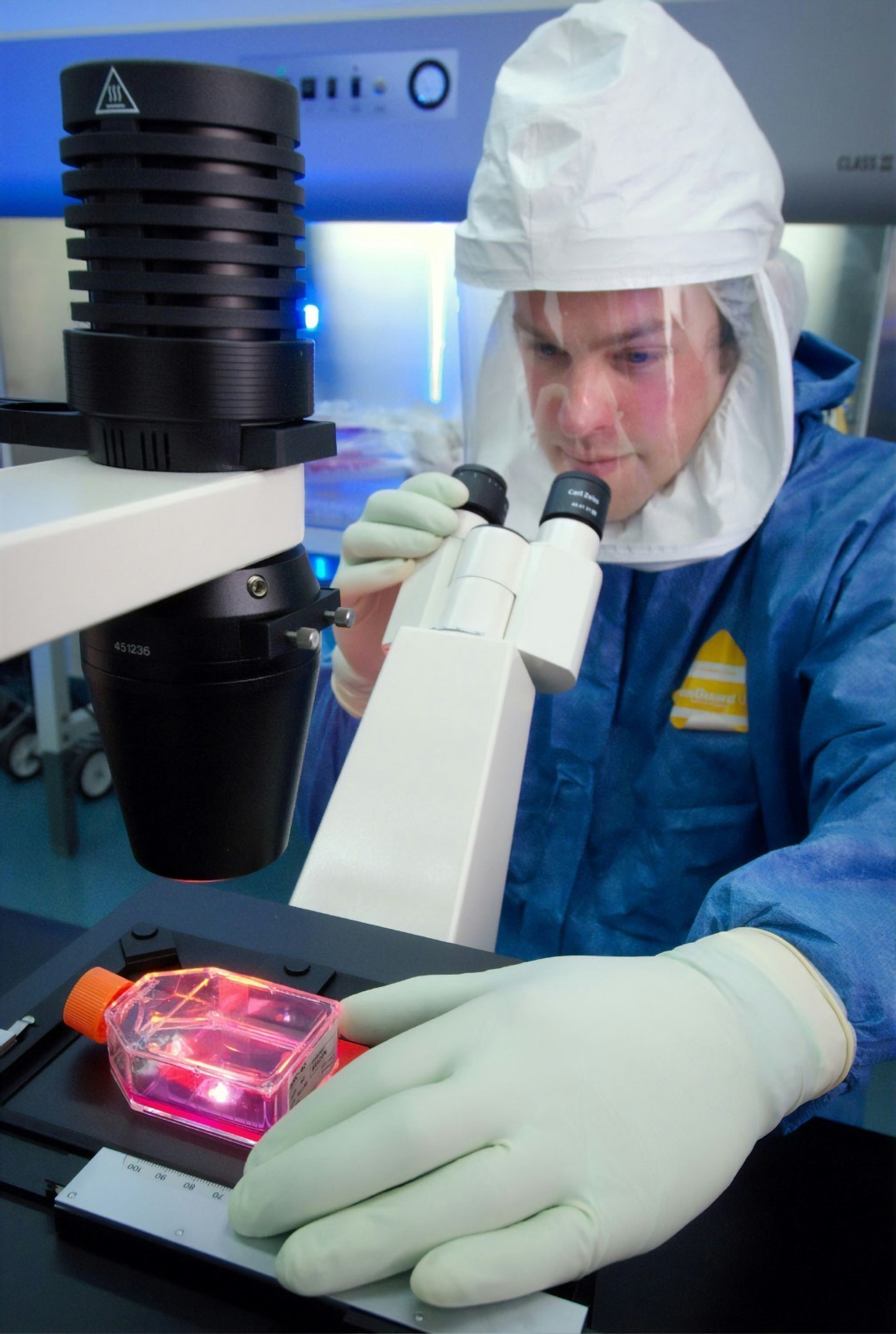
3. New Drugs for Alzheimer's Disease: Slowing Cognitive Decline
Among one of the most difficult-to-treat and at the same time frequently encountered and debilitating disorders is Alzheimer's disease. In recent years, there has been a breakthrough in the treatment of this insidious disease. The approval of Lecanemab (Leqembi), an antibody against amyloid plaques, brings new hope for the treatment of people suffering from Alzheimer's.
How it works:
Lecanemab reduces the accumulation of amyloid plaques in the brain, which are considered a primary factor in the development of Alzheimer's disease.
Clinical trials:
Studies show that the drug can slow cognitive decline in patients in the early stages by up to 27%.
Future:
Scientists are investigating combined therapies that will address both amyloid plaques and tau proteins for a more comprehensive approach to treatment.
Impact:
If its effectiveness is confirmed, Lecanemab could lay the foundation for a new generation of drugs for Alzheimer's.
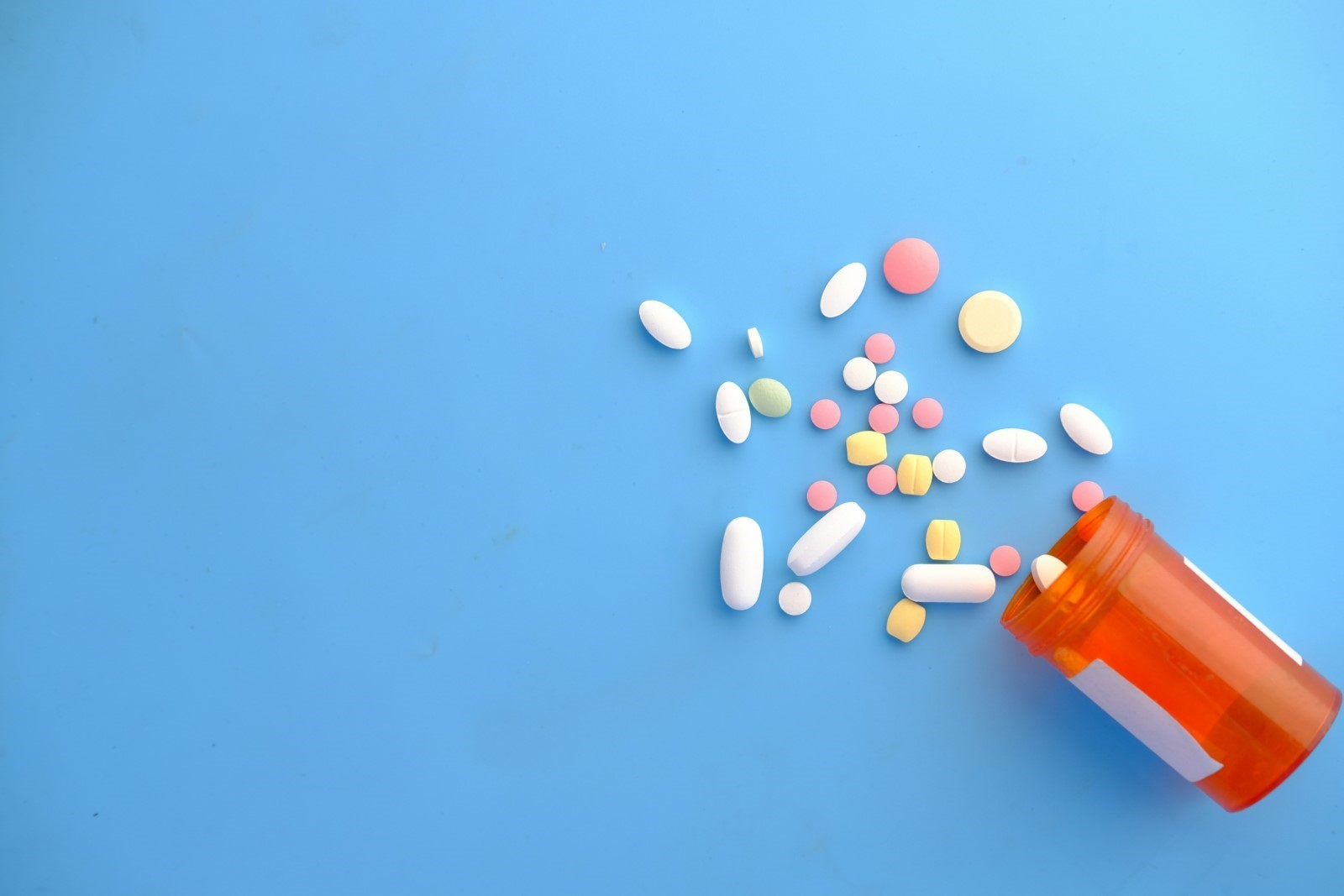
4. Brain-Computer Interfaces (BCIs) for Restoring Motor Functions
Advances in new technologies herald the beginning of a new era in the treatment of patients with paralysis due to various causes such as stroke, trauma, or various neurodegenerative disorders. These are the so-called brain-computer interfaces (BCIs).
How it works:
BCI devices involve implanting very thin electrodes in different parts of the brain, which capture neuronal activity and translate it into commands to control external devices, computers, or robotic prostheses.
Recent success:
Thanks to these new technologies, a paralyzed person was able to control a computer cursor literally using only the power of thought.
Applications in neurology:
The possibility of using this technology to improve the quality of life for people with a range of neurological disorders is still under investigation.
Future prospects:
With further technological advances, BCIs could offer life-changing solutions for people with severe motor impairments following a stroke or traumatic injuries to nerves and the brain.
5. Personalized Treatments with Artificial Intelligence (AI)
Artificial intelligence (AI) is slowly but surely making its way into the treatment and diagnosis of patients with various neurological disorders, with diverse AI models being developed to assist doctors in interpreting radiological diagnostics and to help clinicians devise individualized therapeutic plans for their patients.
How it works:
Complex AI algorithms are able to analyze huge amounts of patient data—imaging diagnostics, genetic tests, and accompanying documentation—to help doctors choose the most appropriate treatment approach for each condition.
Example:
For instance, AI is being applied in epilepsy, where the model analyzes seizures (frequency, duration, time of day) to help personalize medication regimens for treating the disorder.
Parkinson's disease:
AI is used to predict (as accurately as possible) which patients with Parkinson's disease would be good candidates for deep brain stimulation (DBS).
Opportunities:
Personalized medicine driven by artificial intelligence could be a true revolution in medicine, delivering the right treatment to the right patient at the right time.
6. Non-Invasive Brain Stimulation Techniques
Techniques such as transcranial magnetic stimulation (TMS) and transcranial direct current stimulation (tDCS) are gaining popularity as new non-invasive methods for treating certain neurological disorders.
How it works:
-
TMS: Uses magnetic fields to stimulate nerve cells in the brain and is currently being investigated for its benefits in depressive conditions and Parkinson's disease.
-
tDCS: Sends weak electrical stimuli to specific areas of the brain to modulate neuronal activity in those regions.
Promising results:
Studies show that these techniques can improve motor functions in patients who have experienced a stroke, as well as alleviate symptoms of depression and anxiety.
Future research:
Scientists are investigating how combining these methods with existing treatments for these disorders might accelerate patient recovery.
Final Thoughts: A New Era in Neurology
In recent years, neuroscience has entered a new era of innovations that give hope to patients with conditions once considered (in some cases, not so long ago) incurable or at least very difficult to treat. From gene therapy to personalized AI solutions, these achievements show us why medicine and technology will be inseparable in the future.
With the expansion of clinical trials and the refinement of therapeutic methods, the future of medicine promises even more effective and accessible solutions that will change the lives of patients and their loved ones.
Sources:
Gardner, J. (2007). Gene Therapy Helps Parkinson's in Phase I Trial. Clinical Psychiatry News, 35, 48. https://doi.org/10.1016/s0270-6644(07)70549-0.
Gowing, G., Svendsen, S., & Svendsen, C. (2017). Ex vivo gene therapy for the treatment of neurological disorders. Progress in Brain Research, 230, 99–132. https://doi.org/10.1016/bs.pbr.2016.11.003.
Tabernig, C., Lopez, C., Carrere, L., Spaich, E., & Ballario, C. (2018). Neurorehabilitation therapy of patients with severe stroke based on functional electrical stimulation commanded by a brain computer interface. Journal of Rehabilitation and Assistive Technologies Engineering, 5. https://doi.org/10.1177/2055668318789280.
Dai, A. (2024). Brain computer interface for the treatment of neurodegenerative diseases. E3S Web of Conferences. https://doi.org/10.1051/e3sconf/202455305010.
Guidetti, M., Bertini, A., Pirone, F., Sala, G., Signorelli, P., Ferrarese, C., Priori, A., & Bocci, T. (2022). Neuroprotection and Non-Invasive Brain Stimulation: Facts or Fiction? International Journal of Molecular Sciences, 23. https://doi.org/10.3390/ijms232213775.

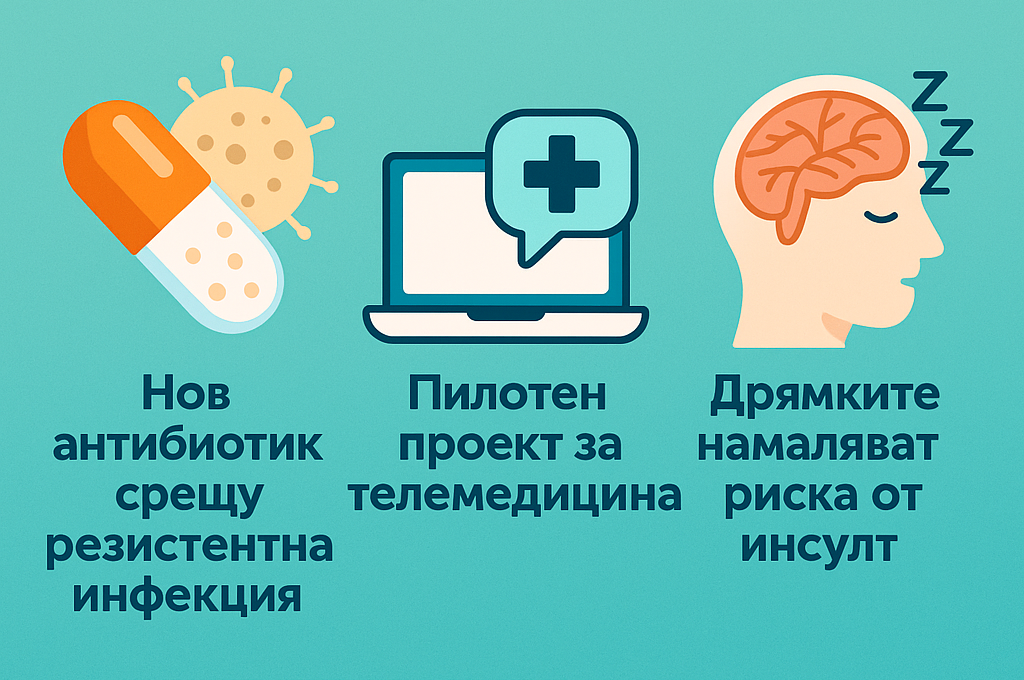



Comments